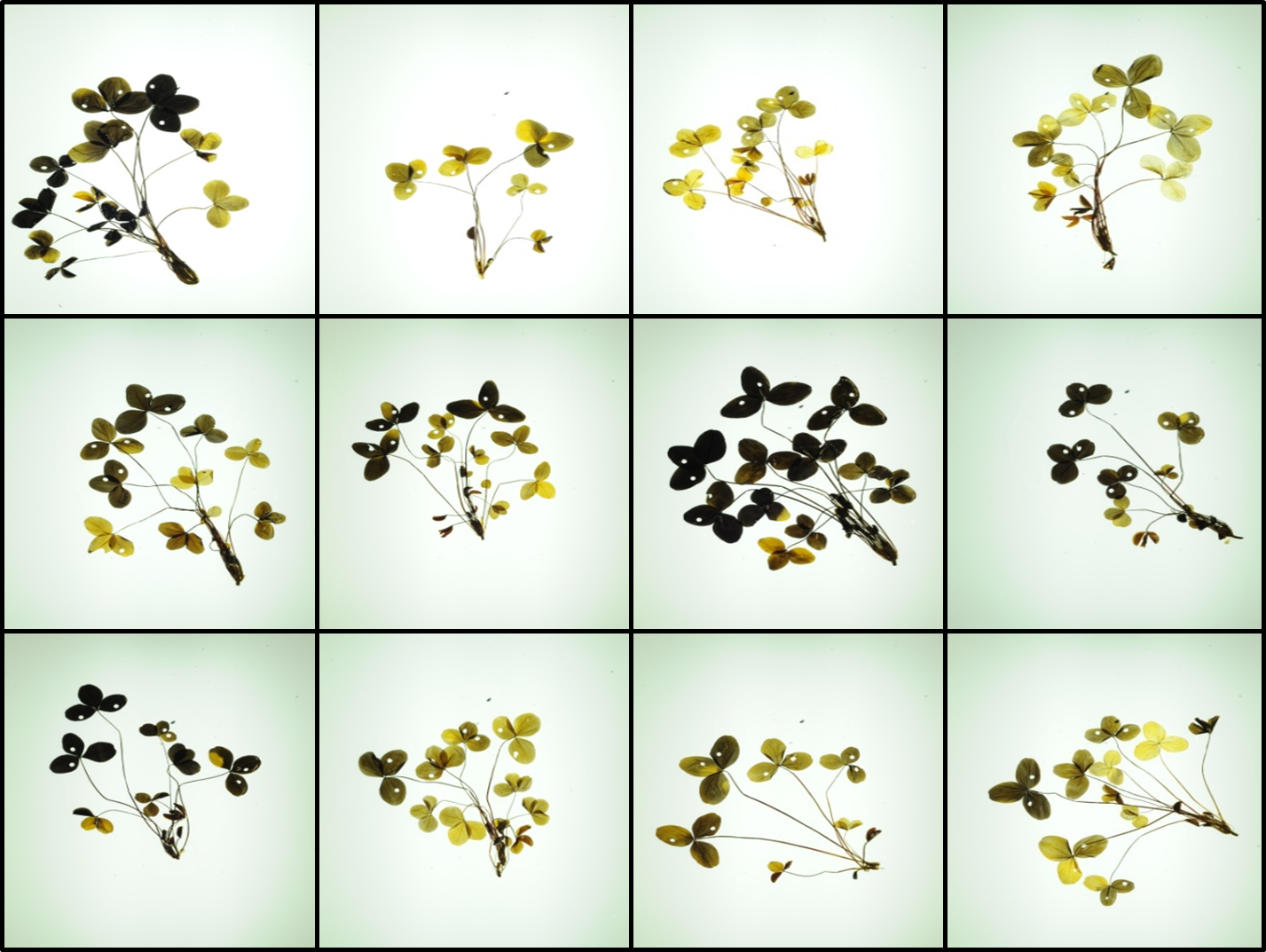High Energy Red Clover
Contact person: Michael Ruckle
Partners: Lea Frey, Michael Meier, Sam Zeeman and Bruno Studer
Project description: For centuries, pasture and grassland-based ruminant livestock production has not only been an important part of human culture, but has supplied a highly palatable and sustainable source of healthy, high quality protein to the human diet. To meet high production levels in the face of growing domestic and global demands, ruminant livestock production shifted from farm-based grassland systems towards the worldwide growth of intensified and industrialized livestock production with an increasing ecological footprint. Although locally grown forage crops offer a highly sustainable feed source for ruminant livestock production, they lack the fermentable, high-energy carbohydrates required to meet the productivity potential of modern livestock breeds. Therefore, forage-based diets are supplemented with high-energy corn, cereals and soy that are often derived from unsustainable monoculture based production and GMO-based foreign supply chains.
The goal of this proposal is to create the knowledge and the tools required to increase the energy content of red clover (Trifolium pratense), which is one of the most important forage legumes worldwide. Although highly beneficial as a trait, leaf energy content has been a complex and elusive trait to breed. This proposal will utilize the recently published red clover genome and our current understanding of leaf carbohydrate metabolism to direct a non-GMO advanced breeding approach based on Targeting Induced Local Lesions in Genomes (TILLING) to generate the required knowledge and tools for breeders to develop a high-energy variety. Benefits of this red clover variety can be readily integrated into conventional local and global farming and food systems, and will provide a feed source to significantly improve the economic and environmental sustainability of ruminant livestock production.
For further information, visit the World Food System Center homepage or download the DownloadFact Sheet (PDF, 714 KB)vertical_align_bottom of the project.

